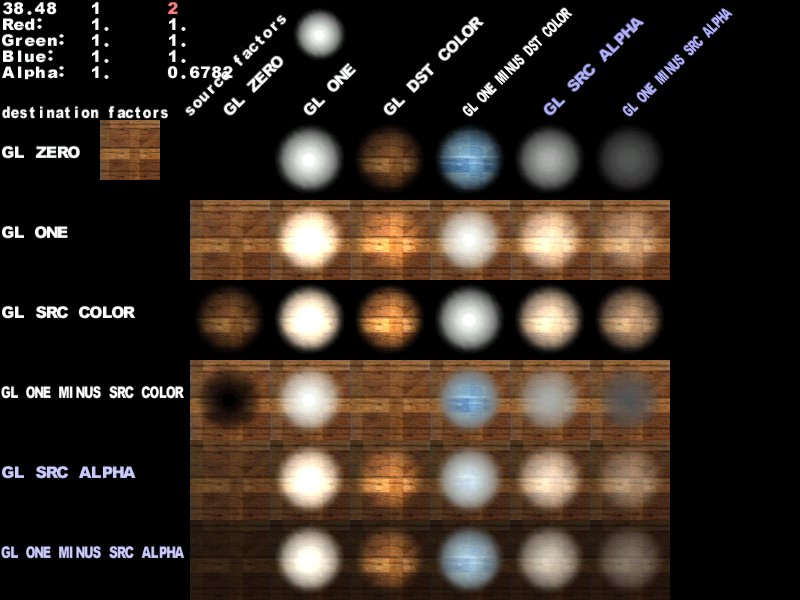In the past week I’ve been working on refactoring the “z buffer” code.
This class main purpose is to store and manage all the rendering information that happens inside tinyGL.
I started off by mving all the external C functions inside the struct ZBuffer (which was subsequently renamed to FrameBuffer) and then I removed all the direct access of the rendering information by encapsulating it in member functions, this also opened the possibility of implementing different logic of pixel blending directly inside the class, without having to modify every external access to the code to add this kind of logic.
During the refactoring of the z buffer code I also had to heavily rewrite some functions that performed triangle rasterization on the screen as they relied too much on macros and other C-style performance trick, what I did was replace those functions with a single templatized function that handled all the different cases at compile time, yielding a different version of the function based on the parameters passed on the templatized version.
My task for this week is to provide an implementation of the function glBlendFunc, which will allow the renderer to support alpha, additive and subtractive blending. In order to implement this I did some research about how the blending should be performed and the results on the screen and I found out this image that describes visually what should happen with every combination of parameter:
